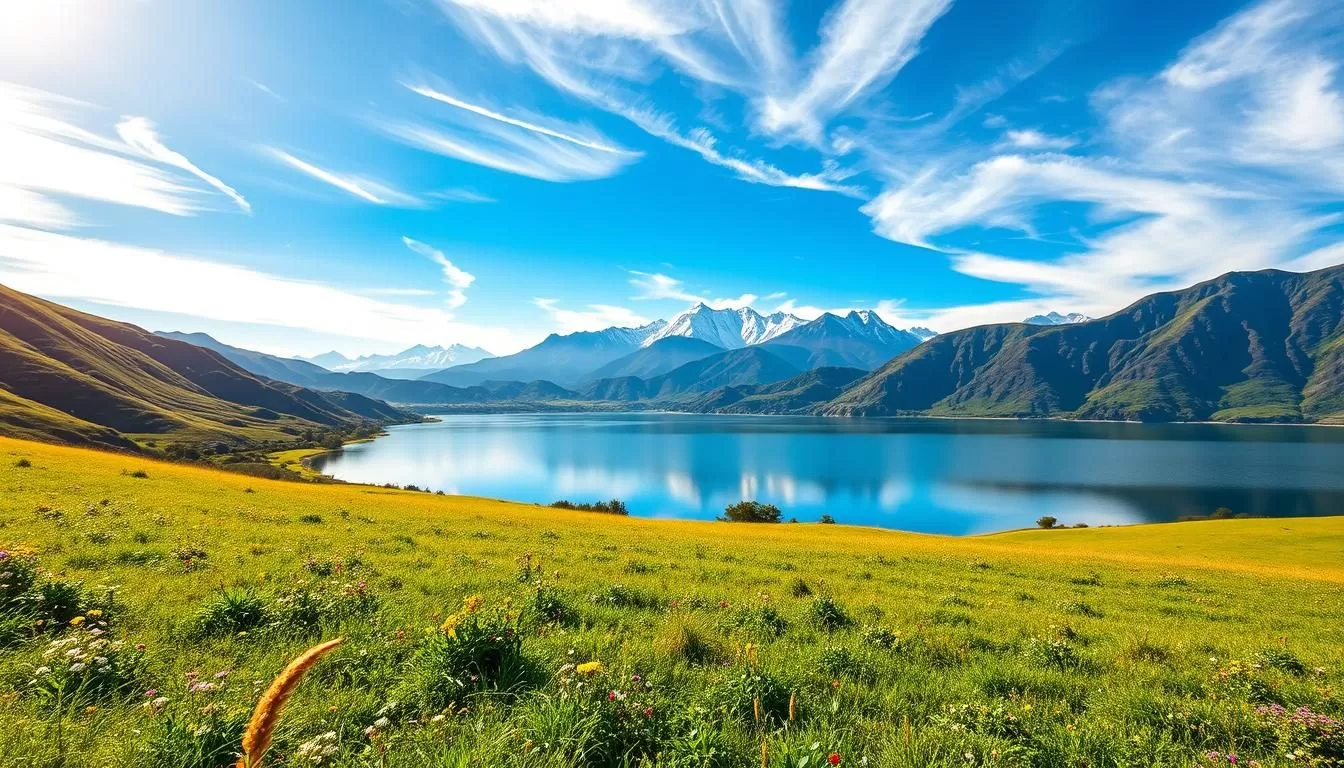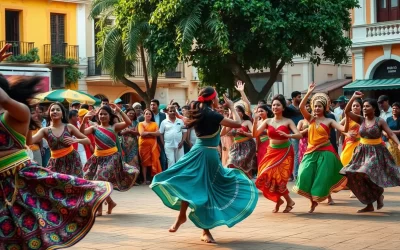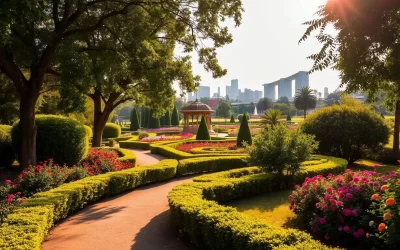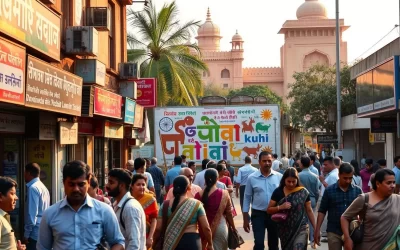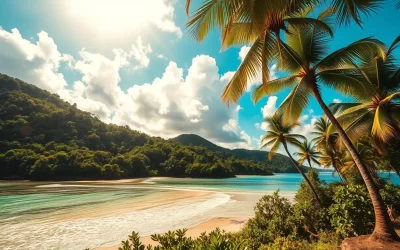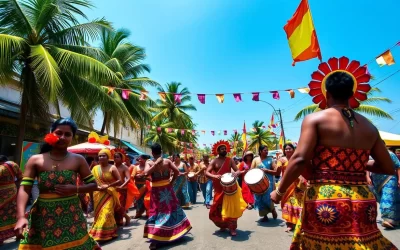From the snow-capped Himalayas to the tropical beaches of Kerala, understanding the best time to visit can make a significant difference in your travel experience.
You’re likely to enjoy clear, comfortable days exploring ancient temples and cultural riches when you visit during the prime travel season.
The period between October and March is generally considered the best time to visit India, offering pleasant weather conditions across most regions.
During this time, the north offers clear blue skies, while the higher Himalayas can be very cold with clearer mountain views.
Understanding India’s Diverse Climate Patterns
The diverse geography of India gives rise to a multitude of climate patterns that travelers must understand. India’s climate is not uniform across the country; it varies significantly from one region to another.
The Three Major Seasons of India
India experiences three main seasons: winter (December-February), summer/pre-monsoon (March-May), and monsoon (June-September). These seasons shape the country’s rhythm and lifestyle. The cool, dry winter is followed by the hot summer, and then the wet monsoon season brings significant rains to most parts of the country.
- The winter season, from December to February, is characterized by cool and dry weather.
- The summer months, from March to May, see a rise in temperatures, especially in the northern regions.
- The monsoon, which lasts from June to September, brings relief from the heat but also significant rainfall.
How Geography Affects Weather Across Regions
India’s vast geographical diversity creates dramatic weather variations across regions. The Himalayan mountains in the north experience snow, while coastal areas in the south remain tropical year-round.
| Region | Season | Weather Characteristics |
|---|---|---|
| North India | Winter | Cold, dry |
| South India | Monsoon | Heavy rainfall, humid |
| Coastal Regions | Summer | Moderate temperatures, high humidity |
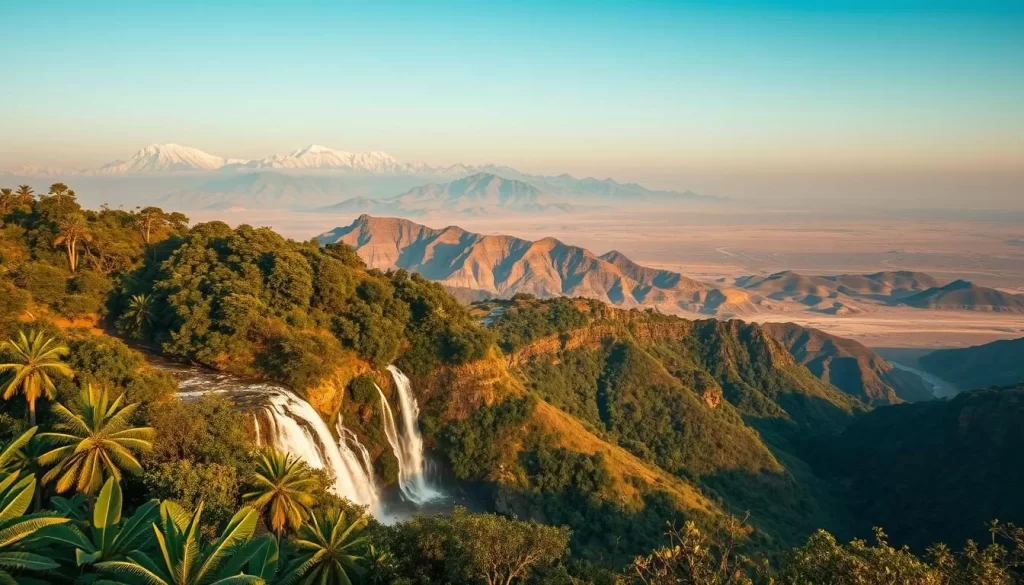
Understanding these variations is crucial for planning your trip to India. The best time to visit India depends on the region you plan to visit. For instance, the monsoon progresses across India, typically beginning in the southwest in early June and advancing northward by July.
India: Best Months for a Weather-Savvy Trip – The Ultimate Overview
The ideal time to visit India varies greatly depending on the region, but there’s a general period considered optimal for most travelers. Understanding this period and the exceptions can help you plan a more enjoyable trip.
October to March: The Golden Period
The period from October to March is generally considered the best time to visit India, offering warm, sunny, and dry weather across most regions. You’ll find October and November particularly magical as the monsoon rains end, leaving behind lush landscapes while temperatures remain pleasant. December through February offers the most comfortable weather for exploring typically hot destinations.
During these months, most regions enjoy comfortable temperatures, minimal rainfall, and clear skies perfect for sightseeing and photography. March represents a transition month with generally good weather throughout the country, though temperatures begin climbing in central and northern regions by late March.
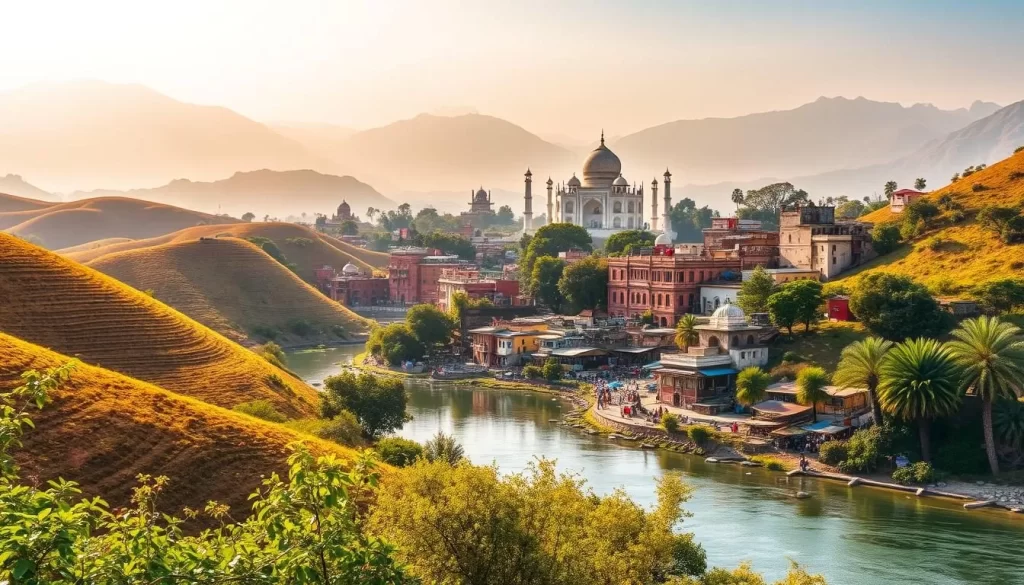
Regional Exceptions to Consider
While most of India follows the general pattern, there are important regional exceptions to consider. For instance, Ladakh in the far north is best visited during the summer months (June-September) when mountain passes are clear of snow. Southern India operates on a slightly different schedule, with November to February offering the most pleasant conditions.
Wildlife enthusiasts should note that national parks like Ranthambore and Bandhavgarh offer the best animal sightings during the hot, dry months of April and May. The Andaman Islands and other coastal areas have their own ideal visiting periods, generally from December to April.
| Region | Best Time to Visit | Weather Conditions |
|---|---|---|
| Northern India | October to March | Cool and dry |
| Southern India | November to February | Pleasant and dry |
| Ladakh | June to September | Warm and accessible |
| Andaman Islands | December to April | Calm seas and clear skies |
Northern India: Optimal Weather Windows
To make the most of your trip to Northern India, it’s essential to know the best months to visit.
Northern India, encompassing the popular Golden Triangle circuit of Delhi, Agra, and Jaipur, experiences its most pleasant weather from October through March. During this period, the days are sunny and comfortable, ideal for exploring iconic sites like the Taj Mahal.
Delhi, Agra, and the Golden Triangle
The Golden Triangle, a tourist circuit that includes Delhi, Agra, and Jaipur, is best visited during the winter months when temperatures are mild. Daytime highs can reach up to 70°F, while chilly mornings and nights can drop below 50°F.
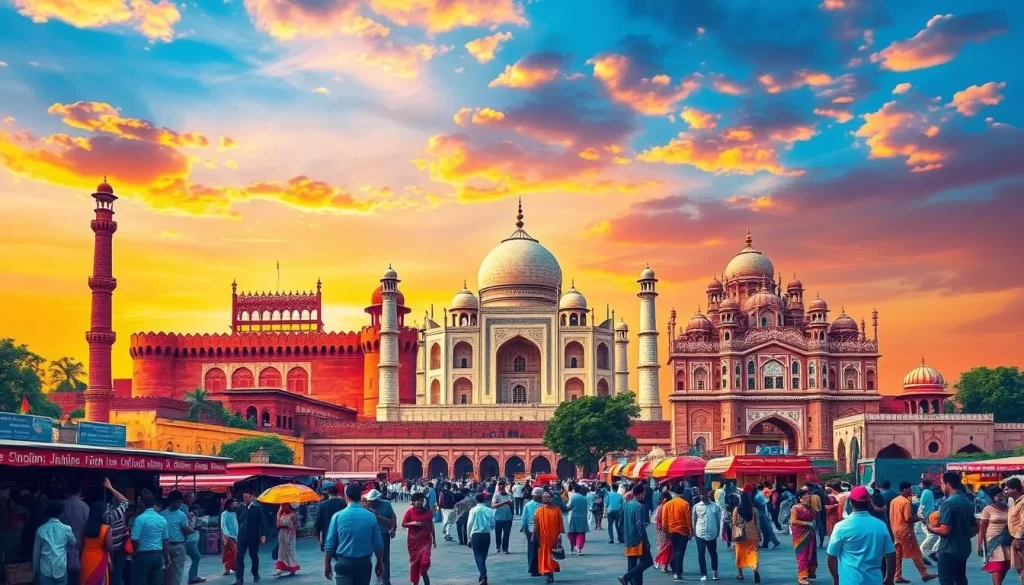
Rajasthan and Gujarat
For Rajasthan’s desert cities, the ideal time to visit is from November through February, with daytime temperatures averaging 70-85°F. However, nights can be quite cool, requiring warm clothing for early morning or evening activities. Gujarat’s Rann of Kutch is also best visited during the winter months, hosting the vibrant Rann Utsav festival against comfortable daytime temperatures and cool evenings.
The Himalayas and Ladakh
The Himalayan foothills, such as Shimla and Darjeeling, have a different climate pattern, with April-June offering pleasant temperatures before the monsoon arrives. Ladakh, with its high-altitude desert landscape, is accessible primarily during summer (June-September) when mountain passes are clear of snow. Temperatures in Ladakh range from 27°F in January to 72°F in July, making summer an ideal time for a visit.
The shoulder seasons of October-November and February-March often provide a perfect balance of comfortable temperatures and fewer tourists across Northern India, making them ideal for your visit to the Golden Triangle.
Southern India: When to Visit Kerala, Goa, and Beyond
Discover the ideal time to visit Southern India, a region that boasts diverse landscapes and climates. From the backwaters of Kerala to the beaches of Goa, understanding the local weather patterns can significantly enhance your travel experience.
Post-Monsoon Perfection: November to February
The period from November to February is considered the best time to visit Southern India, as the weather is pleasant and conducive to outdoor activities. Kerala’s famous backwaters, hill stations, and beaches are at their best during this time, with comfortable temperatures ranging from 75-90°F (24-32°C).
Goa’s beach season also peaks during these months, offering clear skies and moderate temperatures ideal for sunbathing, water sports, and exploring the state’s rich cultural heritage.
Pre-Monsoon Options: March to May
As the pre-monsoon months of March to May approach, Southern India starts to experience increasing heat and humidity. However, coastal areas remain relatively comfortable due to the sea breeze, making them still worth visiting.
Hill stations like Munnar, Ooty, and Kodaikanal offer a refreshing escape from the heat, with temperatures 10-15°F cooler than the plains. These destinations are popular among both domestic and international travelers looking for a cooler retreat.
If you’re planning a trip that includes both South India and Sri Lanka, the December to March period is ideal, offering dry and sunny days perfect for exploring beaches, cultural sites, and wildlife sanctuaries.
Month-by-Month Weather Guide for India
India’s diverse weather patterns make it essential to choose the right time for your visit. Understanding the country’s climate variations is key to planning a memorable trip.
Winter Months: December to February
Winter in India brings pleasantly cool temperatures in the north, ranging from 50-75°F (10-24°C), and warm, dry conditions in the south, with temperatures between 75-90°F (24-32°C). This season is peak tourist season across most of the country.
January is particularly ideal for desert safaris in Rajasthan, tiger spotting in central India’s national parks, and beach holidays in Goa and Kerala. However, it’s crucial to book accommodations well in advance during this popular period.
The winter months offer a great opportunity to explore India’s diverse regions without the harsh weather conditions of other times of the year.
Spring Months: March to May
As spring transitions into early summer, temperatures rise progressively across India. While March remains comfortable in many regions, by May, temperatures can exceed 100°F (38°C) in northern and central India.
The pre-monsoon months offer advantages for budget travelers, with lower accommodation rates and fewer tourists. Wildlife enthusiasts benefit from increased animal sightings around dwindling water sources in national parks.
Monsoon Months: June to September
The monsoon season, beginning in Kerala in early June and advancing northward, brings heavy rainfall, increased humidity, and lush landscapes across most of India. August is typically the wettest month.
While the monsoon months are generally avoided by tourists, they offer unique experiences, including Ayurvedic treatments in Kerala and the dramatic landscapes of the Western Ghats with flowing waterfalls.
Autumn Months: October to November
October and November represent autumn in India, with the monsoon receding and leaving behind verdant landscapes and comfortable temperatures before winter sets in.
This post-monsoon period offers some of the best conditions for traveling throughout India, with clear skies, moderate temperatures, and spectacular photographic opportunities.
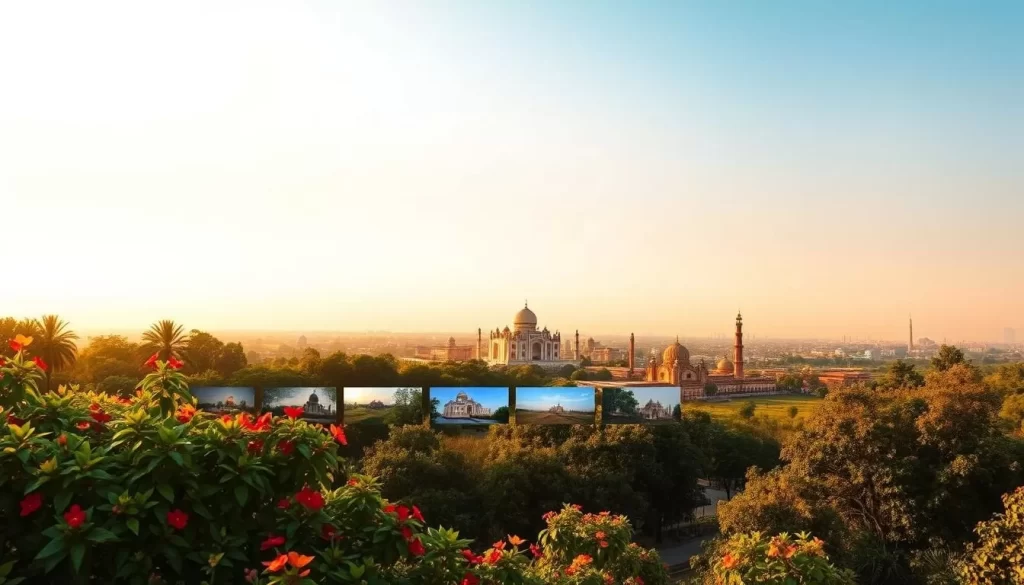
| Month | Weather Conditions | Best Activities |
|---|---|---|
| December to February | Cool in the north, warm in the south | Desert safaris, tiger spotting, beach holidays |
| March to May | Rising temperatures, pre-monsoon | Budget travel, wildlife viewing |
| June to September | Heavy rainfall, high humidity | Ayurvedic treatments, monsoon landscapes |
| October to November | Pleasant temperatures, post-monsoon | Sightseeing, photography |
Each month in India presents distinct advantages and challenges depending on your destination and interests. Planning your trip according to the weather can significantly enhance your experience.
Planning Around India’s Festivals and Special Events
Planning your trip around India’s vibrant festivals can elevate your cultural immersion. India’s calendar is filled with numerous festivals that can transform your trip into an unforgettable experience.
Major Festivals and Their Weather Considerations
India’s major festivals are often tied to specific weather conditions. For instance, the Holi festival, celebrated in February or March, coincides with the onset of spring warmth, while Diwali, the Hindu festival of lights, occurs during the pleasant post-monsoon period in October or November.
The Pushkar Camel Fair in November takes advantage of Rajasthan’s comfortable early winter temperatures, making it an ideal time to visit.
Wildlife Viewing and Seasonal Opportunities
For tiger safaris in India, the best time to visit wildlife parks is from March to May, when animals congregate around limited water sources. If you’re planning a bird-watching trip, the winter months are ideal, with numerous migratory species arriving at sanctuaries like Bharatpur’s Keoladeo National Park.

Conclusion: Making the Most of Your Weather-Savvy India Trip
With its diverse climate patterns, India requires careful planning to ensure a weather-savvy trip. To make the most of your Indian adventure, consider the best time to visit various regions. For most areas, the period between October and March is ideal, but specific destinations and activities may require different timing. For instance, a sunset cruise around Lake Pichola in Udaipur is best enjoyed during winter’s clear skies. Whether you’re visiting the Taj Mahal or exploring other parts of the country, timing your trip with weather patterns in mind will enhance your experience. By being prepared and flexible, you can create a memorable tour of India.
Combining India with neighboring countries like Sri Lanka can be a great idea, but requires careful planning to align with the best weather windows. With the right mindset and preparation, even less-than-ideal weather periods can become highlights of your journey.
The above is subject to change.
Check back often to TRAVEL.COM for the latest travel tips and deals.
Here are some Tours & Sightseeing suggestions that might pique your interests!
